By Eric T. Baker
Ancients is a terrific wargame genre, but it is hard to hold it to the same standards of historical accuracy as genres set in more recent historical times. Rise and Fall: Civilizations at War makes no grand claims of accuracy, but it does offer units and heroes that at least have a historical basis for the four civilizations it models: Rome, Egypt, Persia, and Greece. Thus, the Greeks have their Spartans and the Persians have their chariots with scythes and so on. Players can also have their nations led by appropriate heroes, for example, Cleopatra or Ramses for the Egyptians.
The form of R&F is that of a real-time strategy game. Players command an empire and grow and stock it over time, creating armies to send against computer or human foes. Two things make R&F different from most historical RTS games. The first is a fully realized naval combat system that allows triremes to be armed and manned and pitted against one another or shore targets. The second is that heroes can enter the battles using their special abilities for a period determined by their endurance. Thus Cleopatra, for example, can sow destruction with her sword or bow, but not for as long as Ramses, who in his turn is slower moving around the battlefield.

Cossacks II: European War is a stand-alone sequel to CDV’s Cossacks II: Napoleonic Wars for the PC. It covers European conflict from the 16th to 18th century including the Thirty Years’ War (1618-1648), the English revolution, the English and Dutch wars, the War of Spanish Succession, the Northern war, the War for Austrian Succession, the Seven Years War, and the Ukrainian independence war (1648-1657). It does this by letting the player choose between preset, historical battles (about 80 of them) or more RTS-style campaign games, or even just pickup battles on random terrain.
Beyond its increased scope, what sets CII:EW apart from previous Cossacks games is the improved multiplayer modes. With this version, players can play against other humans in pickup or historical battles. Up to eight players can now get together, team up, and split up the armies among themselves.
The last game can’t be recommended to new or casual wargamers. The Star and the Crescent: Arab/Israeli Armored Combat from 1956 to 2009 is targeted at players who are as at home pushing counters around hexes as they are mousing at their computers. The research, detail, and accuracy of this game are at the highest level, and the AI does a terrific job of challenging players in any of the 15 scenarios, including two well-envisioned possible future conflicts.
All of that said, S&C has a 130-page manual and players will need to read all of it before playing. There is an online community whose posts and guides lend much needed help, but even so, the more familiar the players are with board games and their more or less direct translations to the computer, the easier time they will have picking up S&C and getting the most out of it. Not a pretty game, but a clean and accurate one.

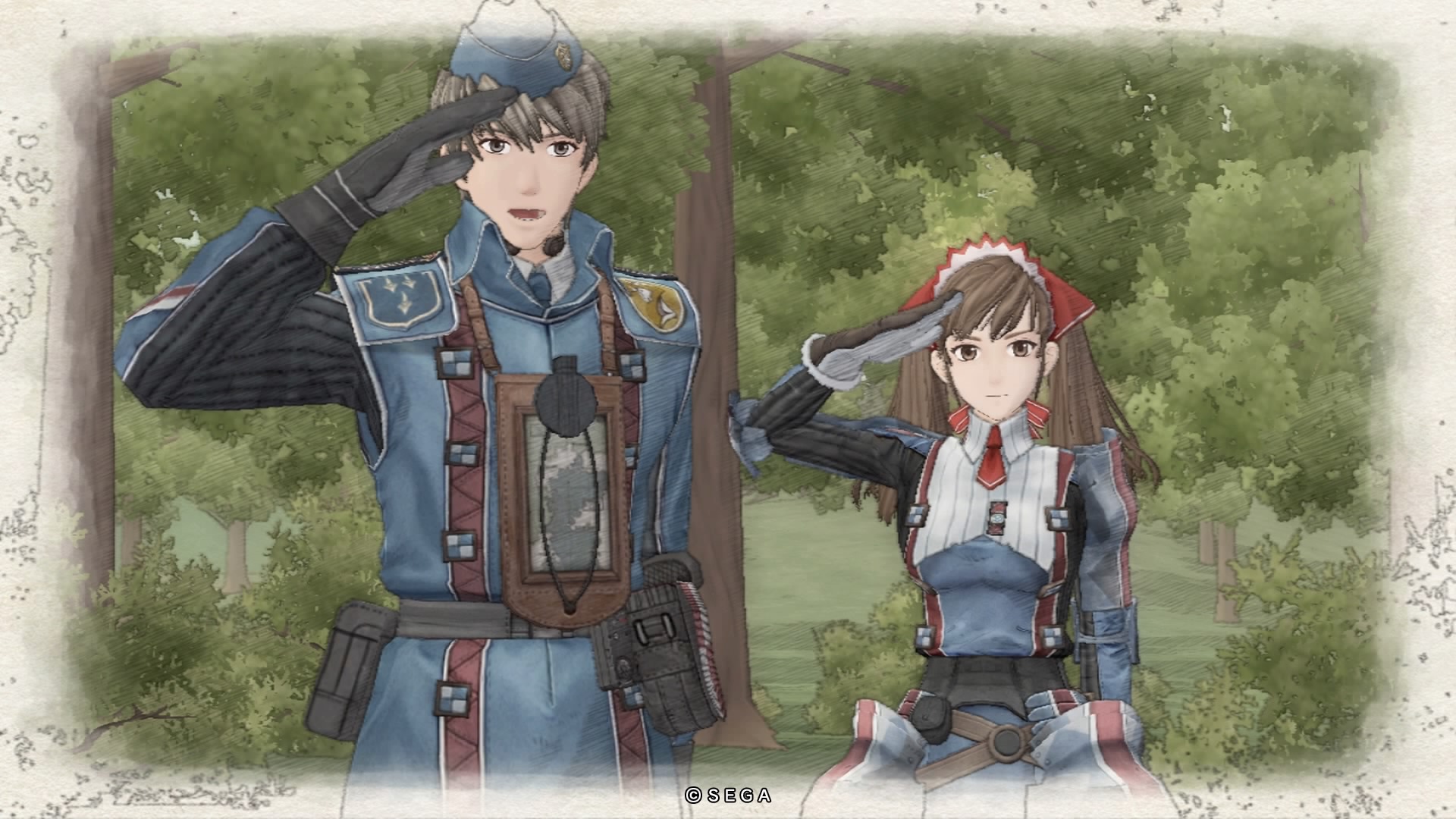
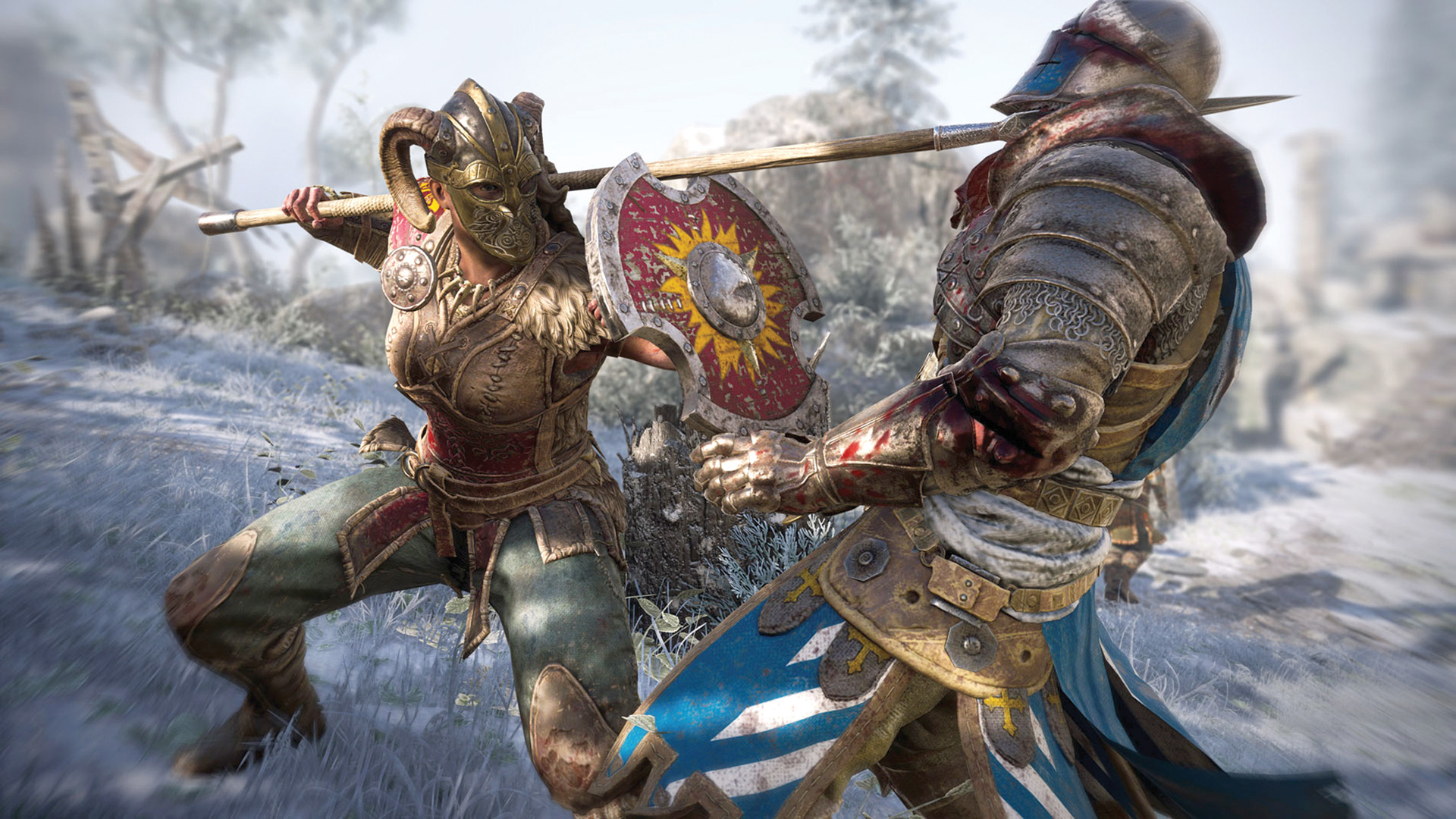
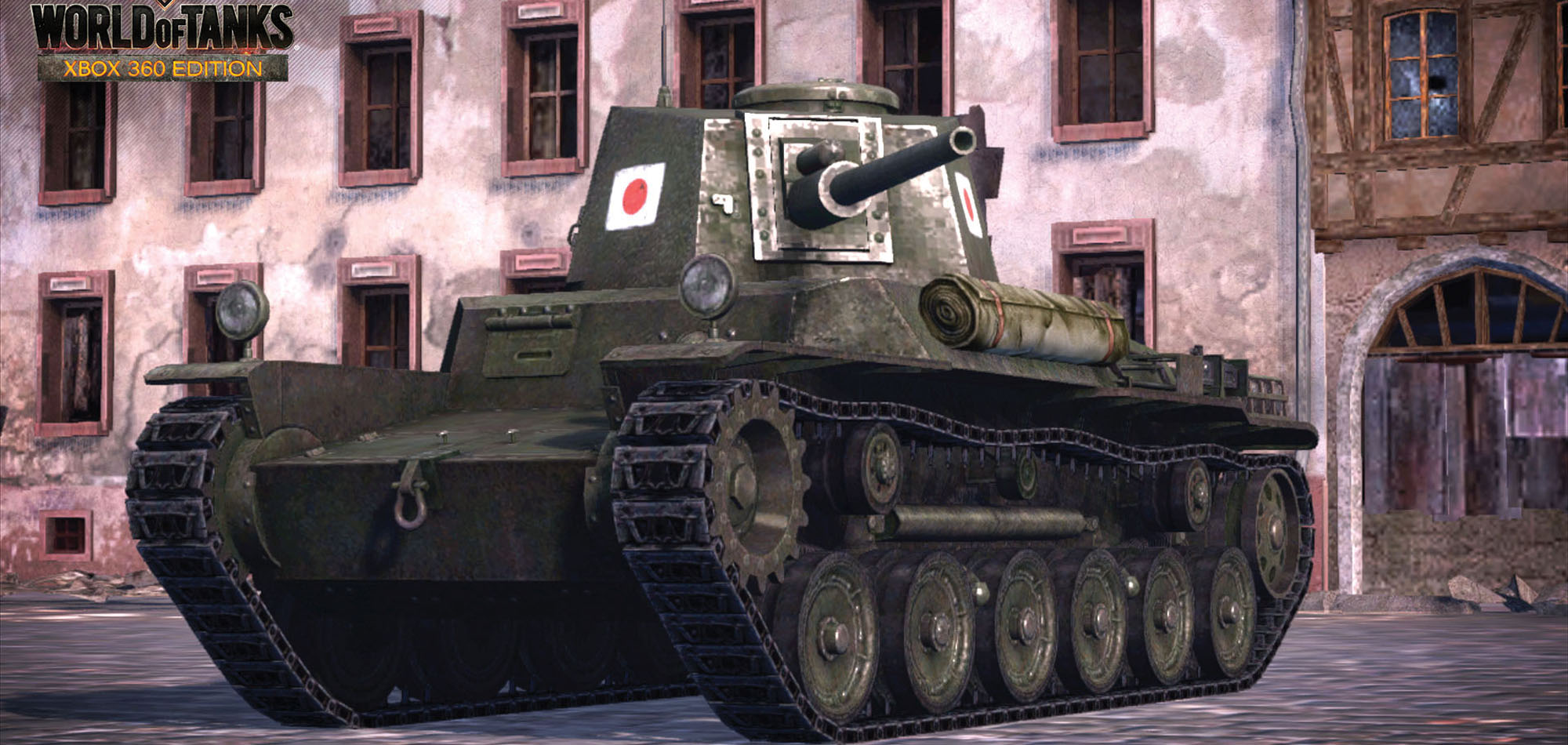
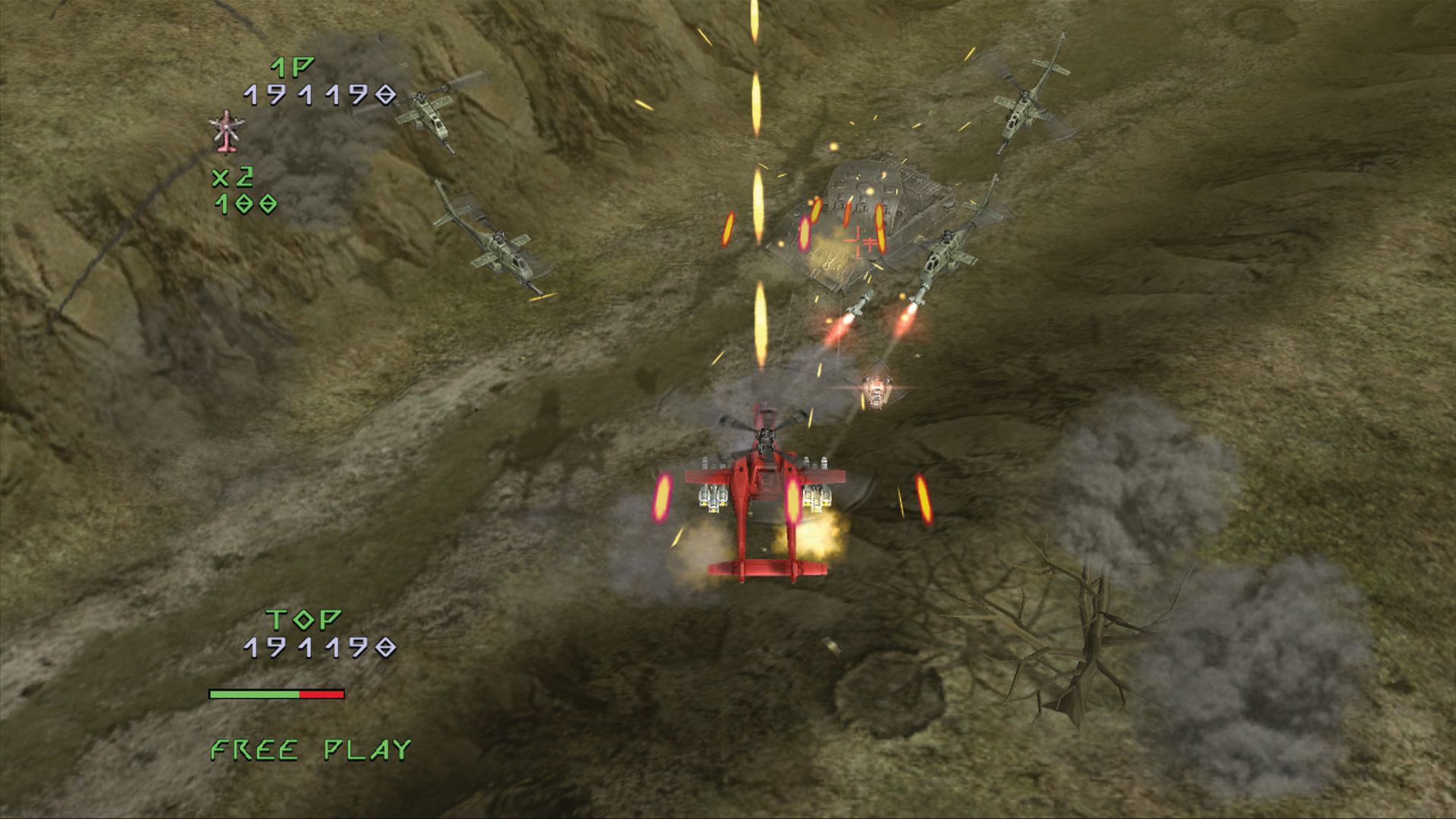
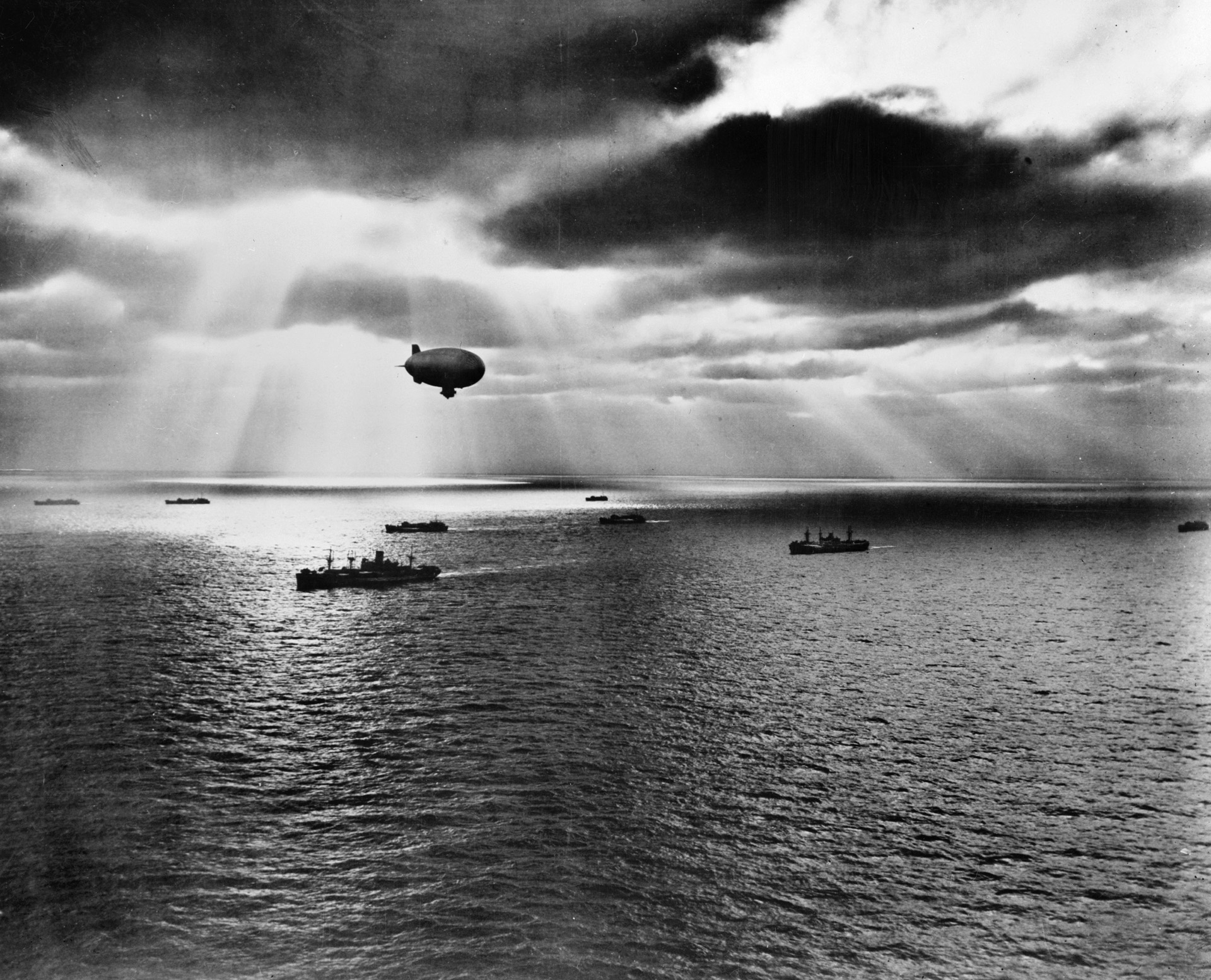


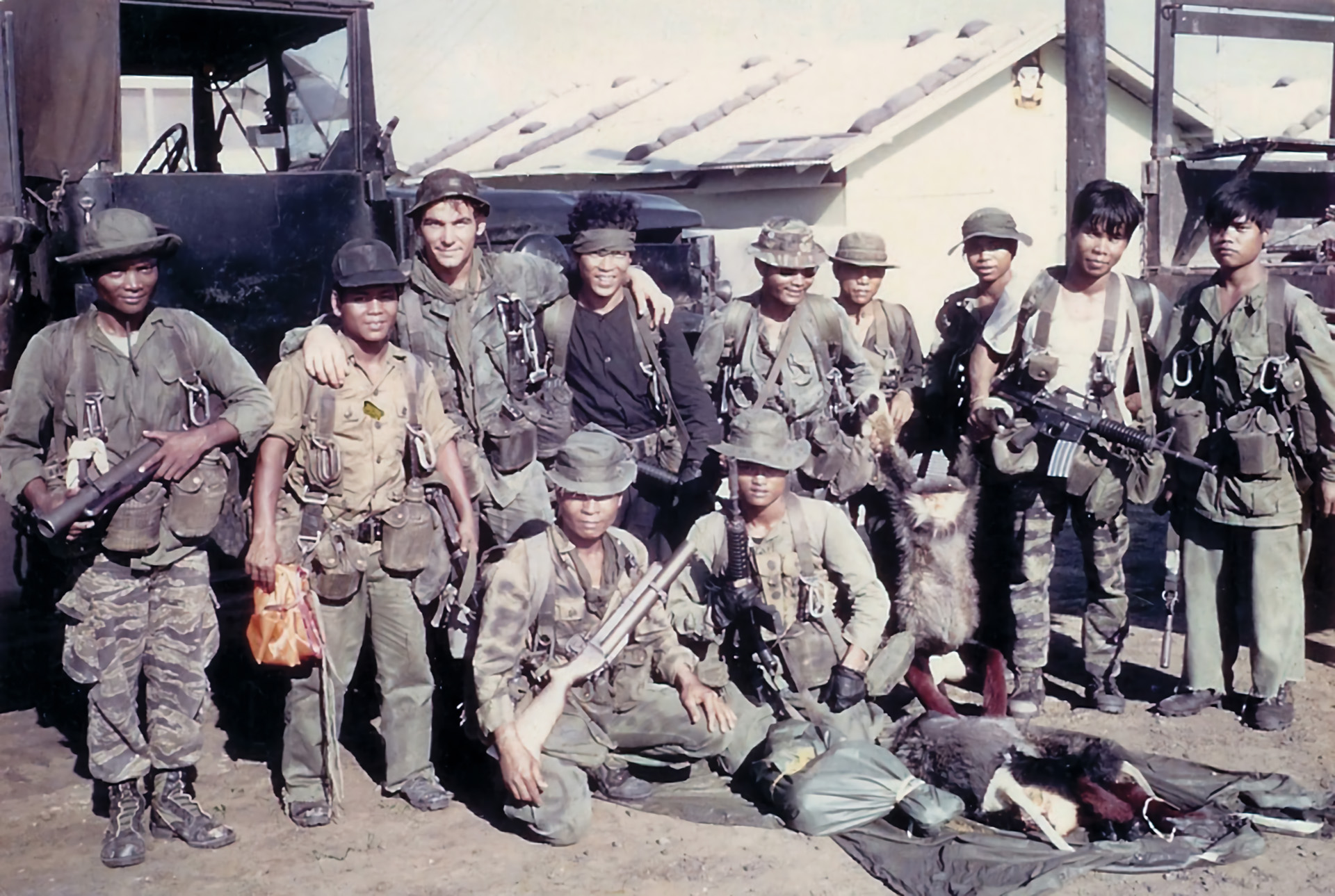
Join The Conversation
Comments
View All Comments